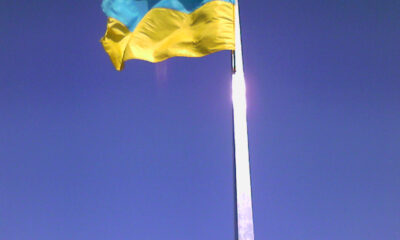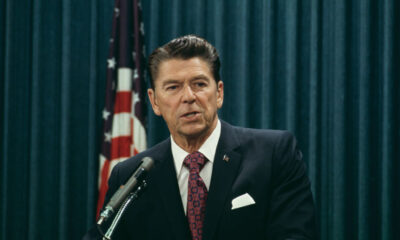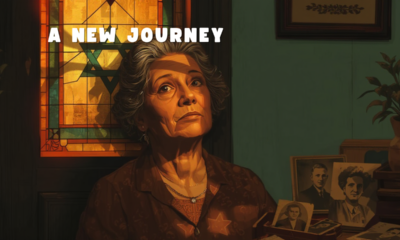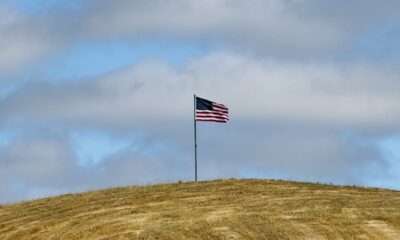Guest Columns
A Hero’s Journey – Part 2
Jimmy Thach, Butch O’Hare, and Paul Tibbets also made the hero’s journey during WWII. O’Hare in fact won the Medal of Honor.
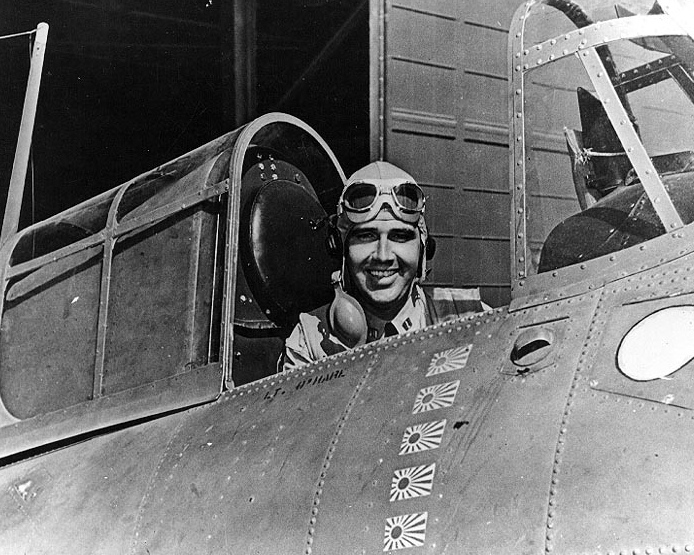
Hello this is Darrell Castle with today’s Castle Report. Today we continue with part two of our Hero’s Journey to honor some of those who fought World War Two, and made that hero’s journey.
Another hero’s journey – Jimmy Thach
The early days of World War Two were desperate times for the naval and marine aviators trying to defend their ships from attack in the pacific. The only fighter aircraft they had for the first 15 months or so of the war was the F4F Wildcat which was vastly inferior to its main opponent the Japanese zero. The Wildcat did not have automatically retractable landing so the gear had to be manually retracted by the pilot turning a crank in the cockpit that operated a set of wheels and pulleys. It was less agile, less maneuverable, and slower than the Zero which all added up to a lot of dead American pilots.
The pilots used to joke about the Wildcat that it was so bad that when they launched from the deck of the Carrier the aircraft should immediately be reported as missing. One man named Jimmy Thach, decided that he would do something to change that. Lt. Com. Thach said that even though the aircraft was inferior to its Japanese counterpart, the men who flew them were not. He picked two other flyers from the squadron he commanded, and invited them to a training session in his quarters.
Thach’s contribution: air fighter tactics
He took a few matchsticks and laid out for the other two pilots his tactical method. That method of changing tactics to accommodate the aircraft’s strengths and weaknesses redefined American fighter tactics and saved countless American lives as well as protected their ships from destruction. His theory was that since their aircraft were inferior to the enemy’s aircraft tactics had to change to even the score. His tactical change became known as the Thach weave whereby two Wildcats would weave back and forth in a kind of figure eight fashion thus making it almost impossible for a Zero to get on a Wildcat’s tail without exposing itself to attack from the other Wildcat.
The three of them went up and practiced the maneuver over and over until they had it down, and then they taught it to the rest of the squadron, and to the other squadrons on their ship, the USS Lexington. Jimmy Thach went on to become the best known tactician in the navy. He also developed what became known as the big blue blanket, to help protect ships from kamikaze attack later in the war.
Where the hero’s journey begins and ends: his life
Jimmy Thach was born in Pine Bluff Arkansas just across the river from where I live now. He did about everything a good hero can do during his journey. Throughout his forty years in the navy he was a theoretical innovator and a tactical genius. In the last year of the War he was a task force operations officer, and during the Korean War he was an aircraft carrier commander. During the cold war he contributed greatly to the navy’s anti-submarine warfare efforts.There is still an award for excellence named for him at the navy’s anti-submarine school.
He was also a great fighter pilot credited with many enemy aircraft, including six in one day. He served on the staff of Vice Admiral John McCain, that’s the senator’s father, and was aboard the USS Missouri in Tokyo Bay for the Japanese surrender. He was eventually promoted to four star rank and commanded the US naval operations in Europe. He retired from the navy in 1967 with 40 years of service. He died on April 15, 1981 four days before his 76th birthday thus completing his journey.
Another hero’s journey – the O’Hares of Chicago
One of those men sitting at Jimmy Thach’s table to learn about the Thach weave was Edward “ Butch” O’Hare. You might recognize that name if you’ve ever flown into Chicago because O’Hare airport is named for Butch O’Hare although he was not from Chicago and never lived there. His father Edgar or EJ was a lawyer who had client who was Commissioner of the International Greyhound Racing Association. He hired EJ to apply for a patent on a mechanical rabbit device to be used in dog racing. EJ bought the rights from the client’s widow and took his rabbit to Chicago.
The man who ran Chicago then was Al Capone and he and EJ hit it off and were soon running all the tracks around Chicago. They also branched out into Boston and Miami and made huge amounts of money but the St. Valentine’s Day massacre in 1929 was pretty much the final straw for EJ. I suppose making money was good but cold blooded mass murder was bad. EJ apparently grew weary of working with thugs and gangsters so he turned over all of Capone’s financial records to the FBI and down went Capone for income tax evasion, and off he went to Alcatraz.
Butch goes to the Navy
Butch had to live down EJ’s mob connection but EJ did finally put an end to Capone’s operation. Meanwhile, EJ had always been interested in flying so he got one of his politician friends to recommend Butch to the naval academy where he was determined become a naval aviator. While Butch was at the Academy EJ was driving home from his dog track in St. Louis in his new Lincoln when he was killed by a shotgun blast from a passing car.
Butch graduated from the Naval Academy and was accepted into aviation as a fighter pilot. The airplane he was trained on was the Wildcat that we just talked about. He had almost a year in the Wildcat before the war started so he became an aircraft gunnery expert through months of training. When war broke out he was assigned to the USS Lexington and to Jimmy Thach’s squadron.
Butch saves the ship
Butch fought hard to defend the Lexington from Japanese attack but the older carriers were particularly vulnerable to attack from the air due to their wooden decks and to the sheer number of attacking aircraft. There is only so much fire that can be put up to stop a determined attack so the fighters have to do it, but if the attackers get through the outer fighter screen then for the fighters to continue their attack would mean exposure to friendly anti-aircraft fire.
Butch and his wingman were up on patrol over the Lexington one day when they were informed that a flight of 18 Japanese bombers from the Japanese base at Rabaul were inbound to the Lexington. The bombers were divided into two attack waves of nine each separated by a few minutes. They attacked the first wave and the two of them shot down six bombers and turned the rest around to join the incoming group. In the second wave Butch’s wingman’s guns would not fire so Butch fought the bombers alone all the way to anti-air range of the Lexington. When they reached that area there were six bombers left and Butch dove after them into his own friendly fire but not a single bomber reached the ship.
Medal of Honor
The captain of the Lexington recommended Butch for commendation for singlehandedly saving his aircraft carrier. But Butch said no I don’t deserve a medal because every pilot on this ship would have done the same thing. The captain said maybe so but you actually did it so he recommended him for the Medal of Honor. President Roosevelt was in dire need of heroes at the time and Butch made a great one for the recruiting posters.
On March 4, 1942 Butch learned that he was front page news across the United States. Remember that in those years’ the front pages of newspapers were the news. The papers reported that President Roosevelt was going to award this handsome young aviator the Medal of Honor. On April 21, 1942 Butch and his wife Rita came to the White House where he was awarded the Medal and promoted to Lt. Commander. He went back to St. Louis to a full military parade.
A hero’s journey ends
In June 1942 he returned to combat and took command of his old squadron. In November 1943 his squadron was assigned to the USS Enterprise because the Lexington was lost in the battle of the Coral Sea. The squadron now had the new F4F Hellcat which was more than a match for the Zero. He was leading a mission supporting the Marine landings at Tarawa when he was shot down and killed. His death was apparently due to a series of mistakes by others but he was nevertheless dead.
In St. Louis his mother Selma saw a newspaper article that said that several Japanese planes had been shot down with the loss of only one American. That’s my Edward she said I know it is.
A third hero’s journey – Paul TIbbets
Paul Tibbets, a good friend of Butch’s since their high school days at Western Military Academy wrote his condolences to Butch’s mother. Paul became a pilot as well but in the Air Force or Army Air Corps as it was called then. One and a half years after his friend and classmates death he flew a B-29 named for his mother, Enola Gay over Japan and introduced the world to the atomic age August 6, 1945.
All these men are dead now but I am glad to be able to remember them in this way, I have enjoyed bringing you their hero’s journeys. The next time you fly through O’Hare, think about how it got that name.
Too many heroes to count
I could continue this series for the next year and not begin to tell all their stories but alas we must return to our modern world of identity politics. Theirs was a simpler time than ours. The war made everyone a patriot and at the same time it took away innocence and youth.
Next week then, God willing, we will return to the modern world of crises, terror, chaos and confusion.
At least that’s the way I see it.
Until next time folks,
This is Darrell Castle.
Darrell Castle is an attorney in Memphis, Tennessee, a former USMC Combat Officer, 2008 Vice Presidential nominee, and 2016 Presidential nominee. Darrell gives his unique analysis of current national and international events from a historical and constitutional perspective. You can subscribe to Darrell's weekly podcast at castlereport.us
-

 Civilization5 days ago
Civilization5 days agoIlhan Omar Did Not Flee From Oppression As A Refugee – She Was Fleeing Justice & Has Been Installed To Attack – This Video Speaks Loud & Clear
-

 Guest Columns4 days ago
Guest Columns4 days agoShe Saved Her Life. 7-Eleven Fired Her
-
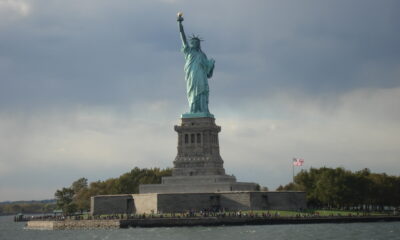
 Civilization5 days ago
Civilization5 days agoThis Thanksgiving, Celebrate the New Beacon of the American Dream
-
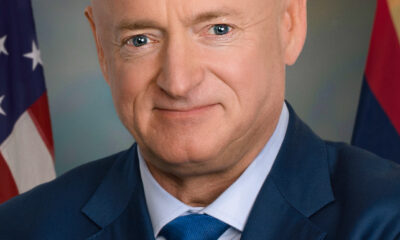
 Civilization4 days ago
Civilization4 days agoDemocrats’ Viral Video Lights Match to the Republic
-

 Guest Columns3 days ago
Guest Columns3 days agoWaste of the Day: What’s Big, Grey And Costs $350K?
-
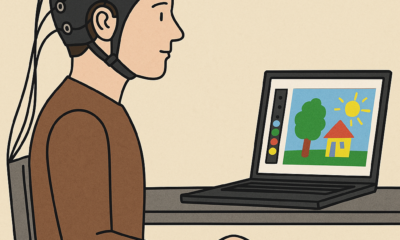
 Civilization3 days ago
Civilization3 days agoThe AI Challenge: Palantir, the Pope, and Paul Kingsnorth
-
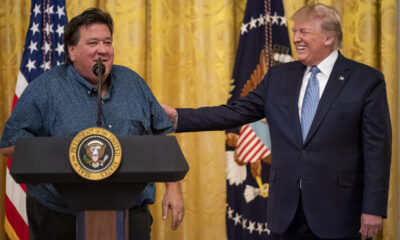
 Civilization3 days ago
Civilization3 days agoNo Kings, No Queens, No Blind Loyalty
-

 Executive2 days ago
Executive2 days agoWaste of the Day: California’s $450 Million 911 Center Doesn’t Work



